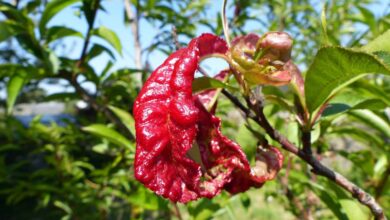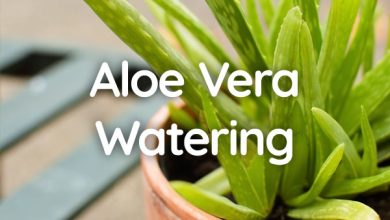How often and how to water my tomatoes?
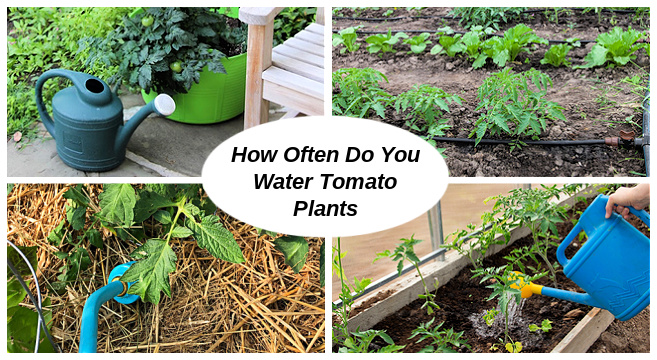
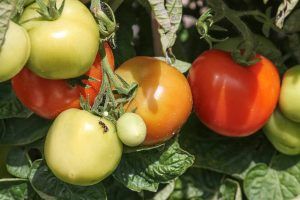 The irrigation of the tomato, or also known as tomato, is a task that you will have to take into account to have a healthy plant that generates good production.
The irrigation of the tomato, or also known as tomato, is a task that you will have to take into account to have a healthy plant that generates good production.
It is a crop that needs water to prosper and that is something that we can see in the type of fruit that is the tomato.
As in the vast majority of plants, it does not tolerate waterlogging, so the quantities and frequencies of water supply must be well thought out. How can you set these parameters so that you don’t over or under water?
Next we will tell you everything.
Important points when watering a tomato:
- Irrigation frequency: 3 or 4 times a week in hot weather and 1 or 2 times the rest of the year.
- Irrigation method: with a watering can or with drip irrigation if they are in orchards in the garden.
- Optimum time of day for irrigation: in the morning.
- Identify excess water: root suffocation, impoverished stems, cracked fruits, settlement of fungi and bacteria.
- Identify lack of water: yellowish leaves, little growth of the plant, few flowers and fruits.
What irrigation needs does the tomato have?
The tomato is a vegetable that has a high level of water inside, which means that it requires a considerable amount of liquid during planting.It is a plant that does not tolerate excess water but neither does drought, so you must pay attention to the supply you offer it.

This especially when we consider that the tomato is not grown in greenhouses because it is normally worked in the hottest seasons. Therefore, it is not only necessary to take into account the demand of the crop, but also the environmental conditions.
How can we detect lack of irrigation in tomato?
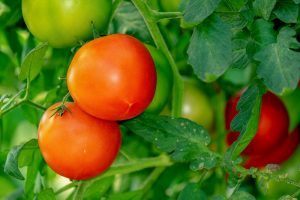 If the irrigation of the tomato is deficient, it will have a negative impact on production, causing both the flowers and the fruits to be reduced in quantity and size.
If the irrigation of the tomato is deficient, it will have a negative impact on production, causing both the flowers and the fruits to be reduced in quantity and size.
Water is vital for the transport of nutrients and the execution of internal processes in the structure, so it could slow down the growth of the plant.
If the plant already has leaves, they will begin to look yellowish at the tips and progressively along the rest of the border.In some cases they can even fall, causing early defoliation.
How often should we water the tomato?
You will have to distribute the risks according to the demands of the crop according to the area where you have it planted. The most usual is to apply irrigations with a frequency of 3 weekly in the hottest seasons, increasing to 4 if necessary.

The rest of the year, watering can be reduced to 1 or 2 weekly, always checking beforehand that the soil is dry, at least in the first 10 centimeters of depth.
What is the best way to water the tomato?
Tomato irrigation can be done in different ways depending on the particular conditions you have in the garden. Here the main condition is to ensure that the irrigation does not touch the foliage or the fruits, as it can cause them to weaken and rot.
A common method that generates little expense is the shower. Of course, you’ll need to do it yourself, so it’s impractical for a large garden. In tomato plants that are planted in pots, this is the ideal option. You just have to ensure that the shower head generates a controlled flow of water.
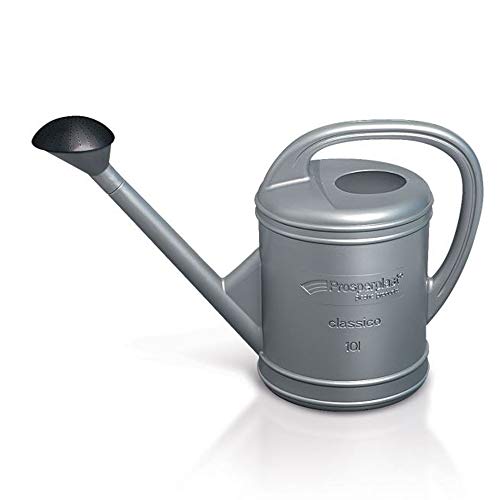
In addition, you will have to place a plate under it to collect the excess liquid that arises when draining the soil. Remember to discard this water afterwards.Another technique that is very useful is drip irrigation and that you can establish in plantations that you have in the garden.

Drip irrigation will require a certain investment to install it, but in return it will help to regulate very well the amount of water that the tomato plants receive. Therefore, you will save water and the plants will receive the appropriate amount to grow without suffering problems of deficit or excess.
How do we detect excess water in the tomato?
The risk of root suffocation is what usually worries the most when tomato plants are subjected to excess water. The reason is that the roots need to breathe to carry out their natural processes and excess water prevents them from carrying out this process.
In the aerial part it is common to show damage to the plant such as cracked fruits, housing of fungi or bacteria and impoverished stems.Another important point to consider in tomato irrigation is the quality of the water. It is a crop sensitive to certain variations.

The ideal is to rely on rainwater, but if this is not possible, it is better to work with water that is low in salt and lime. Accompanying a good irrigation of the rest of the recommended care for tomato plants will result in a great production, both in quality and quantity. And that’s what we all want, right?
Bibliographic references
- Tomato irrigation, R Ferreyra, PA Garcia-Huidobro – Research and Progress…, 1983 – library.inia.cl
- Irrigation requirements for greenhouse tomatoes, J Flores, W Ojeda-Bustamante, I López… – Terra…, 2007 – redalyc.org
- Response of process tomato to partial root irrigation, JA Zegbe, MH Behboudian, BE Clothier – Terra Latinoamericana, 2007 – redalyc.org
- Productive response of tomato (Solanum lycopersicum L.) under cover to the distribution of humidity generated by underground and surface drip irrigation, L Génova, R Andreau, P Etchevers… – Revista de la …, 2013 – revista.agro.unlp. edu.a
- Drip irrigation in tomato cultivars (Solanum lycopersicum L.), National Agrarian University, Managua, Nicaragua, HA Duarte-Canales, ÁB González – La Calera, 2020 – camjol.info
- Hydroponic production of tomato (Solanum lycopersicum mill) supplying micronanobubbles to the drip irrigation system, EA Castro Blandin – 2019 – 190.119.243.88
- Evaluation of surface irrigation in tomato cultivation (Solanum lycopersicum L.), EJH Chanja, YP Baez, RC Lazo – Advances, 2020 – dialnet.unirioja.es
Maybe you are also interested in:
- At what distance should tomatoes be planted?
- How often and how to water my tomatoes?
- Why is my Tomato Plant not producing Fruit? [Causes and Solutions]
- [10 Fantastic Properties] of the Tomato: Did you know them?
- How to Fertilize Tomatoes: [Utility, Date, Products and Homemade Ways]
- How to Stake Tomatoes: [Utility, Installation and Procedure]
- How to Save Tomato Seeds: [Procedure and Duration]
- Tomato Blooms
- List of the Main Tomato Pests and Diseases
- Tomato Plantation Setting: [Distance, Density, Land and Season]
- Prune Tomatoes: [When To Do It, Tools, Forms and Utility]
- Types of Tomatoes and the Most Cultivated Varieties: Complete Guide [breadcrumb]
- Kumato Tomato: [Planting, Care, Irrigation, Substrate and Pests]
- Transplanting Tomatoes: [How To Do It Step by Step]

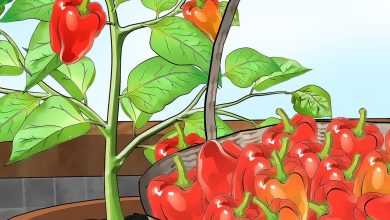
![Photo of Chrysanthemums in your Garden: [Planting, Care, Irrigation, Substrate]](https://www.complete-gardening.com/wp-content/uploads/2022/08/chrysanthemums-in-your-garden-planting-care-irrigation-substrate-390x220.jpg)
